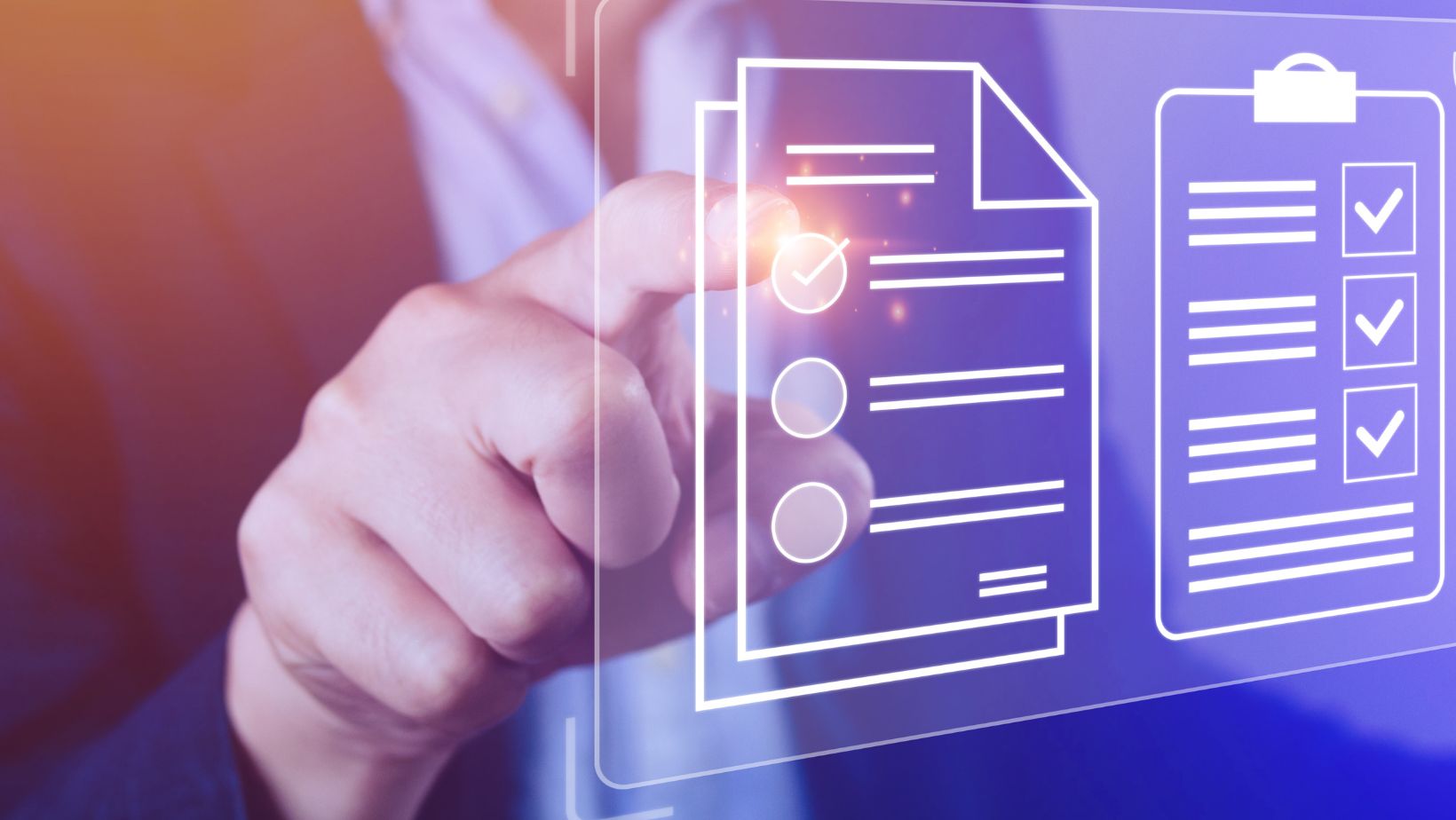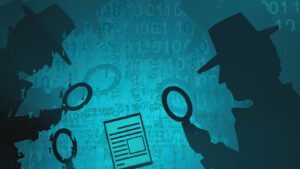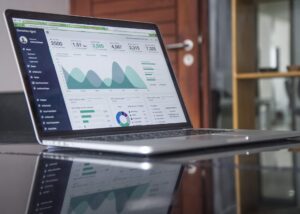
Maintenance teams today face growing pressure to manage more assets with fewer resources. As equipment portfolios expand, manual tracking becomes unsustainable. What once worked in spreadsheets or paper-based systems now causes confusion, delays, and expensive failures. The right digital solution can restore clarity and control.
Many businesses now rely on CMMS asset management software to organize, schedule, and optimize their maintenance workflows. But with so many options available, selecting the right platform requires more than a feature checklist. It demands careful evaluation of what your team needs now and what it might need next year. A poor match can waste money, stall progress, or frustrate users. A good one becomes a tool your whole team actually wants to use.
Match Software Capabilities to Real-World Maintenance Needs
Start by looking at how your team handles asset management today. What slows them down? What gets missed? Choose software that directly solves those pain points. If assets fail due to skipped inspections, prioritize tools with automated preventive scheduling. If data lives in silos, pick a system that centralizes information and provides a real-time view across departments.
Also, look at the mix of asset types your team manages. Some platforms work well with industrial machinery, others are better suited for facilities or vehicle fleets. Check whether the software supports the full lifecycle of each asset type from commissioning to decommissioning.
And be cautious with long feature lists. More does not always mean better. Focus instead on whether the tools align with your operations. The right system should fit into your workflow, not force you to change it.
Look for Intuitive Design and Workflow Simplicity
Ease of use matters more than many expect. A platform with complex menus or confusing dashboards will get ignored. When technicians avoid the software, it becomes a reporting tool rather than an operational one. Maintenance gets delayed. Data goes unrecorded. Insights disappear.
Choose a platform that mirrors how your team works. Tasks should be easy to assign, complete, and close out. Work orders must be clear. Asset histories must be easy to search. Mobile usability is also critical, especially for technicians in the field or on the shop floor.
Look for systems that let you create custom fields, workflows, and status updates without needing IT support. These small touches save hours later. They also help users adopt the platform more quickly and consistently.
Prioritize Integration With Your Existing Tools
No software works in a vacuum. If your asset data already lives in spreadsheets, ERPs, or other platforms, your CMMS should be able to import it without manual re-entry. For example, connecting it with your purchasing or inventory system can automate parts ordering. Linking it to your EHS system can help prevent safety blind spots.
Check for open APIs or built-in integrations. These make future expansions easier and less expensive. They also help align your maintenance operations with broader business objectives like compliance, quality, and cost control.
If integration features are not clear in the product description, request a technical demo. Many systems claim flexibility, but their actual implementation can be rigid. Test how well the software talks to the tools you already use.
Reporting, KPIs, and Customization Options
Maintenance managers rely on data to drive better decisions. Choose software that not only collects data but turns it into useful reports. These may include asset downtime, maintenance costs, response times, and backlog summaries. Great tools let you filter, sort, and share these insights in real time.
Custom dashboards are a plus. They allow different users to focus on what matters to them. A technician may want to see open work orders for the day. A manager may want to track monthly trends across all locations.
Don’t overlook export options. Can you download raw data? Can you share reports with leadership teams or auditors without extra steps? If not, those limitations may slow down communication and reporting when it matters most.
Assess Scalability and Long-Term Value
Some businesses choose a basic tool that checks their current boxes. But as asset lists grow and teams expand, these tools can quickly reach their limits. Avoid having to switch platforms in a year by selecting one that scales with your organization.

Look for features that support multi-site operations, multiple user roles, and growing asset libraries. Ask about data limits, concurrent user support, and long-term storage. Pricing models vary widely: some charge per user, others by asset count or functionality tier.
Also consider vendor support. A platform that grows with you should include strong onboarding, training resources, and responsive technical support. These support structures matter long after the initial setup is complete.
Confirm Security, Access Control, and Audit Trails
Data security should not be an afterthought. Your asset data includes critical operational details. If compromised, it could expose safety risks, compliance issues, or intellectual property.
Choose platforms that offer role-based access control. Maintenance technicians should not be able to delete asset records. Managers should be able to view history without editing logs. These safeguards protect your data and help enforce accountability.
An audit trail is equally important. Every change, update, and completed task should be time-stamped and traceable to a specific user. This provides transparency during inspections and protects your team from blame during disputes or incidents.















